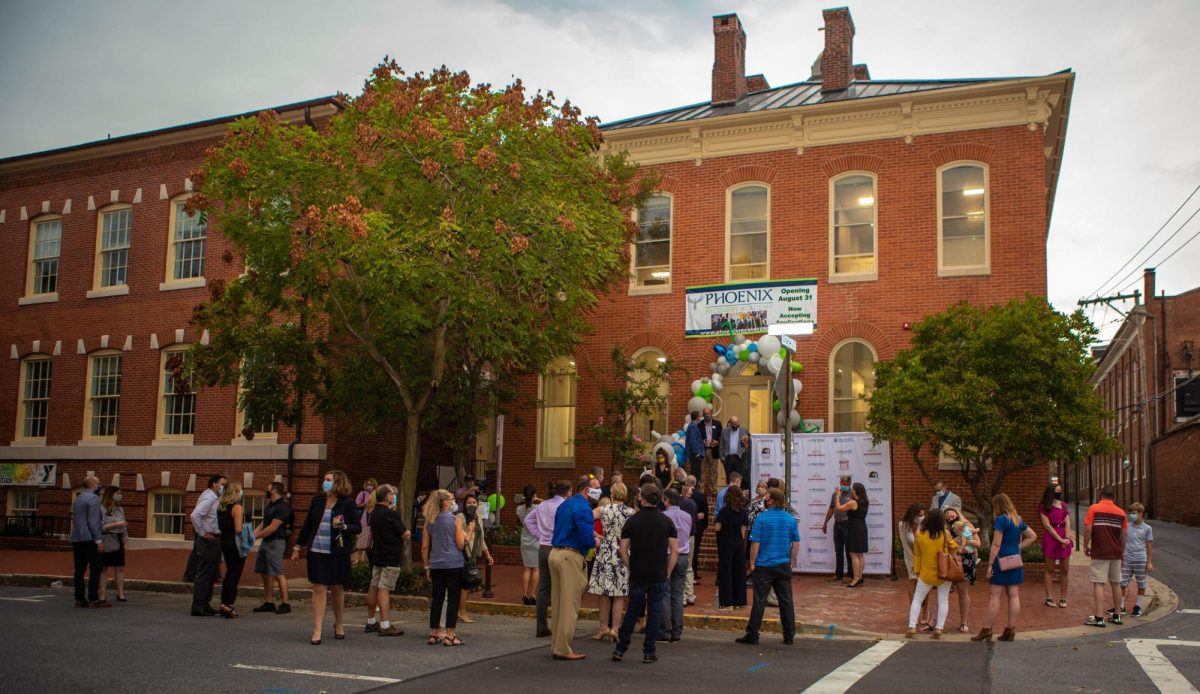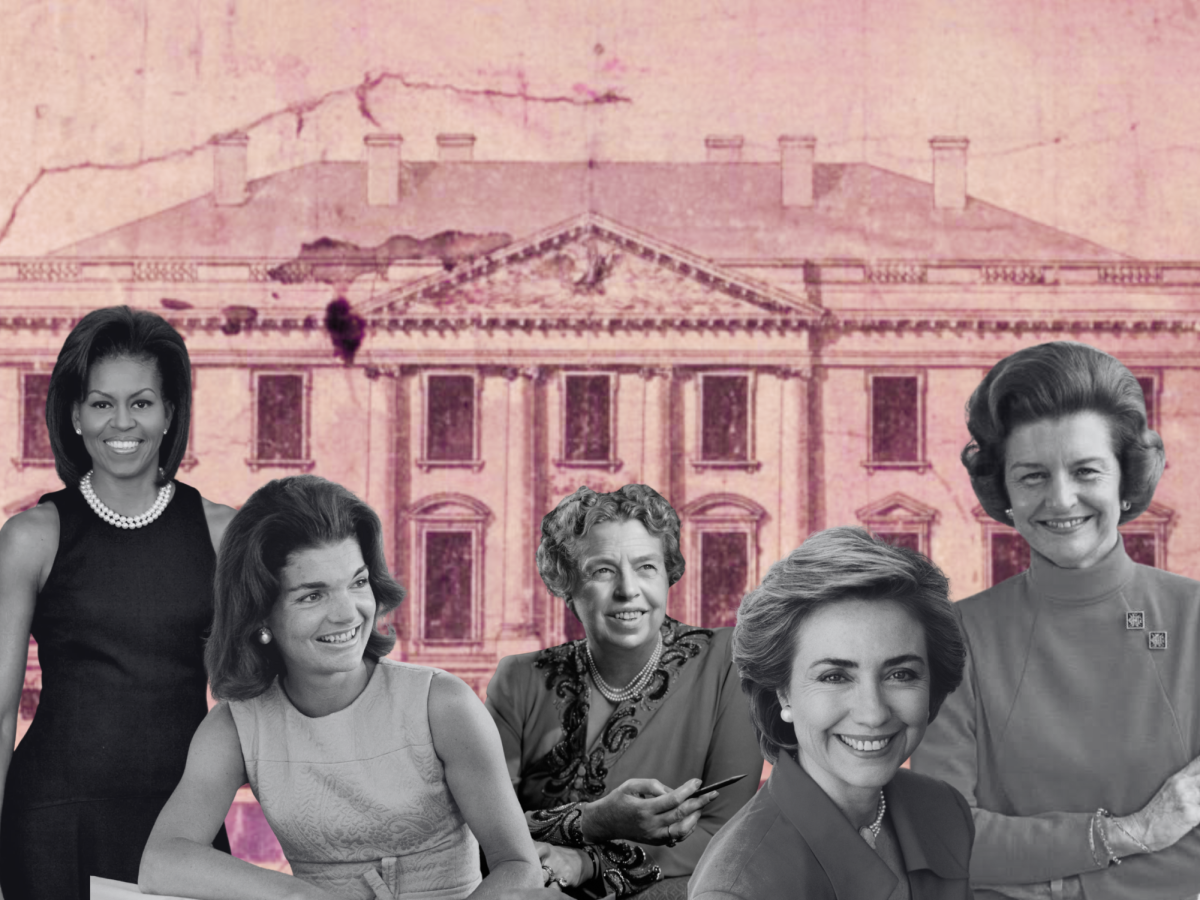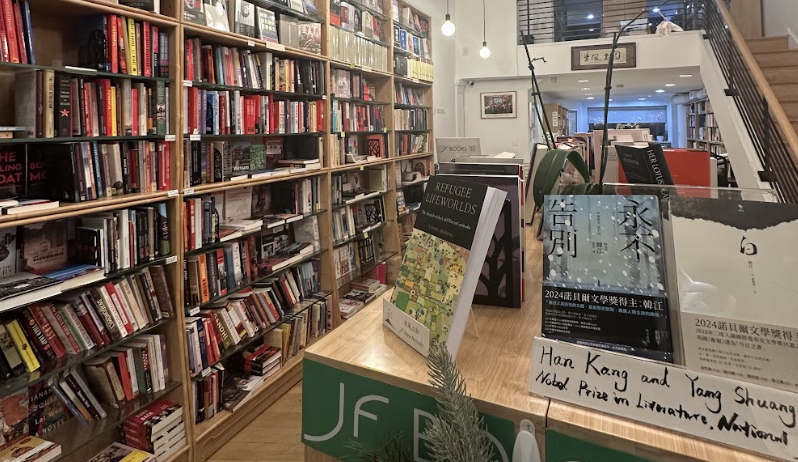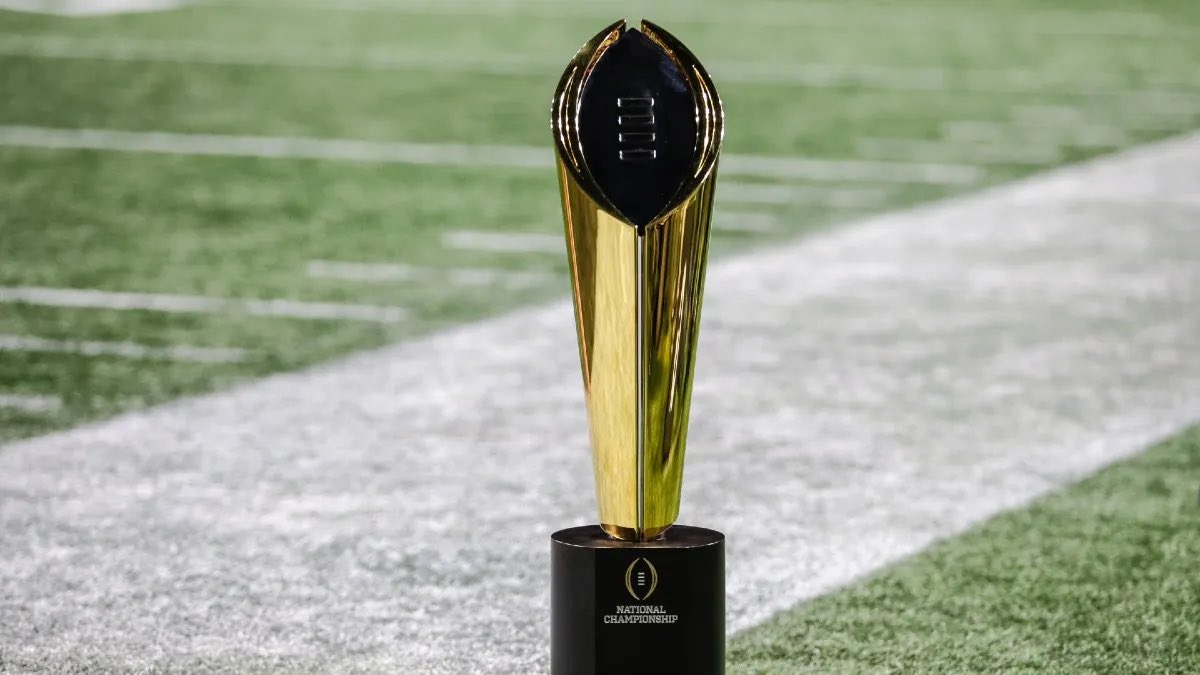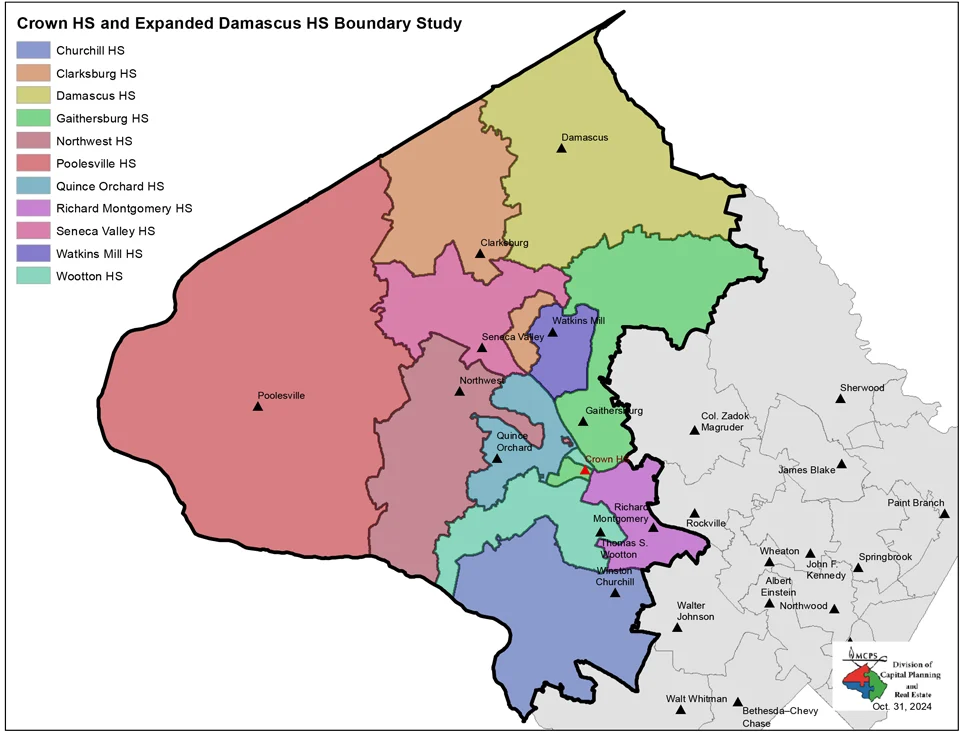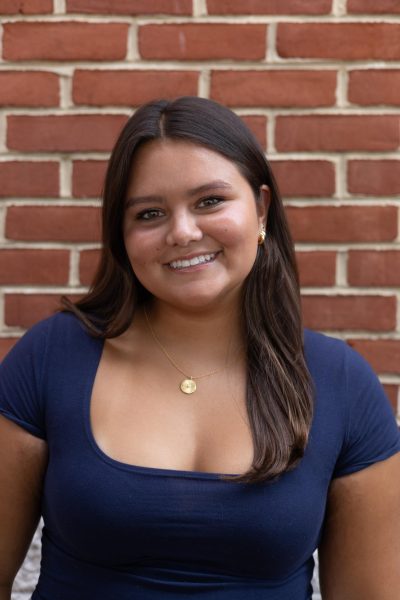Black History Month recognizes and celebrates the achievements and contributions of Black Americans throughout history, particularly spotlighting these accomplishments during February. This month, The Black & White remembers some of the most distinguished Black Americans in history, and they’re all from Maryland.
Pauli Murray did not identify with one set of pronouns, but for continuity Murray will be referred to with she/her pronouns.
Pauli Murray was born in Baltimore, Maryland on Nov. 20, 1910. She was one of six children to Agnes Fitzgerald and William Murray. At the age of three her mother died from a cerebral hemorrhage, leaving her father to raise Murray and all five of her siblings. In 1923, William Murray died at the Crownsville State Hospital after a white guard beat him to death, marking the year that Murray became an orphan.
In 1926 Pauli Murray graduated from Hillside High School with a certificate of distinction. Murray moved to New York after high school to attend Hunter College, graduating with a degree in English Literature.
Originally named Anna Pauline Murray, Pauli shortened her name graduating high school in favor of a more androgynous identity. Throughout the 1930s, Murray continued to question her sexuality and gender orientation. She often requested hormone therapy and gender-affirming surgery but was denied this gender-affirming care.
In 1935, during the midst of the Great Depression, Murray became a prominent member of the Works Projects Administration and took up teaching at the New York City Remedial Reading Project. Throughout her career, Murray wrote poems and articles for various magazines about race and sex discrimination that she both witnessed and personally encountered.
Murray decided to continue her education by attending the University of North Carolina’s all-white graduate program. The University denied Murray’s request to attend their graduate program, and in response Murray wrote a letter addressed to First Lady Eleanor Roosevelt about the rejection, receiving a supportive response from Roosevelt. Roosevelt’s response led to a decades-long friendship between the two, and the exchange received national attention.
Rejection from the graduate program only further fueled her passion for advancing civil rights. Murray decided she would first attempt to reform segregation on public transportation. In 1940, fifteen years before Rosa Parks, Murray refused to sit on the back of a bus in Richmond, Virginia, which led to her imprisonment. Although their actions of civil disobedience were the same, Parks was not influenced by Murray’s act from fifteen years earlier.
After her release from prison in 1941, Murray enrolled at Howard University Law School, hoping to become a civil rights lawyer. She then co-founded the Congress of Racial Equality, which led nonviolent protests against segregation nationwide. During her time at Howard University, Murray faced additional discrimination based on her gender, prompting her to coin the term “Jane Crow” to describe the intersection of the sexism and racism she faced.
After graduating at the top of her class at Howard in 1945, Murray received the Rosenwald Fellowship. Previous graduates used this fellowship to apply to Harvard Law, but Murray was denied the opportunity to apply because of her gender. Instead, Murray became the first African American to act as the deputy attorney general of California, officially working with housing and employment discrimination.
Murray returned to New York around 1947 and published her first book, “States Law on Race and Color,” in which she explained the complexity of de jure discrimination. Thurgood Marshall later referenced her book when he argued against school segregation in the Supreme Court Case Brown v. Board.
In the early 1960s, John F. Kennedy created the President’s Commission on the Status of Women, to which Murray was appointed to the Committee on Civil and Political Rights. The committee, which included 20 prominent philanthropists and legislators in the women’s rights movement, investigated questions about women’s equality in education, the workplace and the law.
Murray’s civil rights work continued throughout the mid-20th century, bringing her into contact with numerous civil rights and women’s rights leaders. She famously criticized Martin Luther King Jr., A. Philip Randolph and Bayard Rustin for not including a female speaker in the March on Washington. Not only was she in contact with prominent civil rights leaders, but in 1966, Murray partnered with Betty Friedan to form the National Organization for Women.
In 1965, not long before she co-founded NOW, Pauli Murray became the first African American to receive a Doctor of Juridical Science, the highest level of law degree that someone can receive. That same year Murray went on to co-write “Jane Crow and the Law: Sex Discrimination and Title VII,” where she highlighted the similarities between race and sexual discrimination.
For almost 20 years, Pauli Murray had a secret relationship with Irene Barlow, an office manager at one of the law firms where Murray worked. Both individuals were active Episcopalians and advocated for policy changes to allow women to become priests. After Barlow’s death in 1973, Murray gave up law and began to study theology. She waited four years for the church to allow women to become priests before becoming the first black woman ordained as a priest by the Episcopal Church
At the age of 74, Pauli Murray died of pancreatic cancer in Pittsburgh. Murray was transported to a Cemetery in Brooklyn to a family plot where she now lays to rest with her aunts, Irene Barlow and Barlow’s mother.





